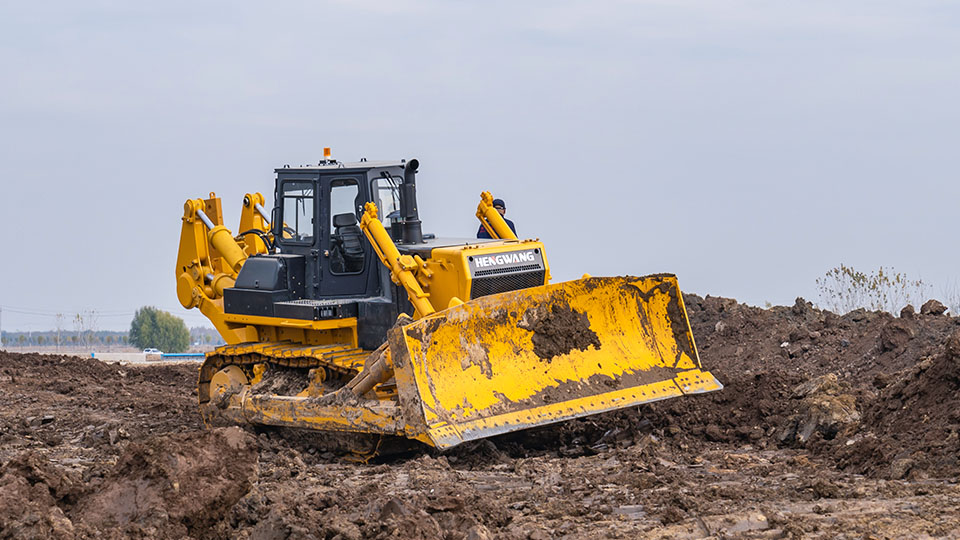For today’s large-scale farmers, bulldozers are indispensable allies. These heavy-duty machines transform challenging terrain into productive farmland, boosting efficiency and sustainability. Here are the key uses of bulldozer in agriculture:
1. Land Clearing and Preparation
Bulldozers excel at clearing forests, removing stumps, rocks, and vegetation, and leveling uneven ground for planting. In Australia, lax land-clearance laws have led farmers to use bulldozers extensively to create pastures for cattle farming, though this raises environmental concerns like soil erosion and habitat loss . Their robust blades and rippers break compacted soil, enabling efficient seedbed preparation—a critical uses of bulldozer in agriculture for crop cultivation.
2. Terracing and Erosion Control
On sloped fields, bulldozers build terraces that prevent soil erosion and water runoff. Modern models like the TY240 (with a 77 KPa ground pressure) minimize soil compaction while moving earth precisely . This terracing supports sustainable farming on hillsides, aligning with conservation goals.
3. Irrigation and Water Management
Farmers deploy bulldozers to dig ponds, canals, and drainage ditches. For instance, rice paddies require precisely leveled fields with controlled water flow—a task streamlined by dozers. This irrigation infrastructure is a vital uses of bulldozer in agriculture in drought-prone regions.
4. Infrastructure Development
Bulldozers construct farm roads, storage pads, and livestock enclosures. Their ability to handle rocky or muddy terrain ensures year-round access to fields—even in wet conditions. Swamp bulldozers, equipped with wider tracks, prevent sinking in waterlogged soils , making them ideal for building resilient farm infrastructure.
5. Disaster Response and Soil Rehabilitation
After floods or fires, bulldozers clear debris and restore topsoil. They also rehabilitate degraded land by redistributing nutrient-rich soil or compost. In Queensland, bulldozers were controversially used to clear 395,000 hectares of forest (2015–16) for agriculture, highlighting the tension between productivity and conservation .
Innovations Enhancing Agricultural Uses
Modern bulldozers integrate eco-friendly technologies:
National IV Emission Standards: Engines with reduced NOx and particulate emissions (using EGR, DPF, and SCR systems) minimize environmental impact .
Smart Operation Modes: Selectable power settings (e.g., light-load for soil leveling, heavy-load for stump removal) optimize fuel efficiency .
Low-Impact Designs: Features like hydraulic-controlled tracks and suspended undercarriages protect soil structure .
Conclusion: Balancing Power and Sustainability
The uses of bulldozer in agriculture—from land prep to water management—underscore their role in feeding growing populations. However, responsible operation is key. Emission controls, and precision modes help farmers maximize productivity while reducing ecological harm. As agriculture evolves, bulldozers will remain central to efficient, large-scale farming—provided their power is paired with environmental stewardship.

